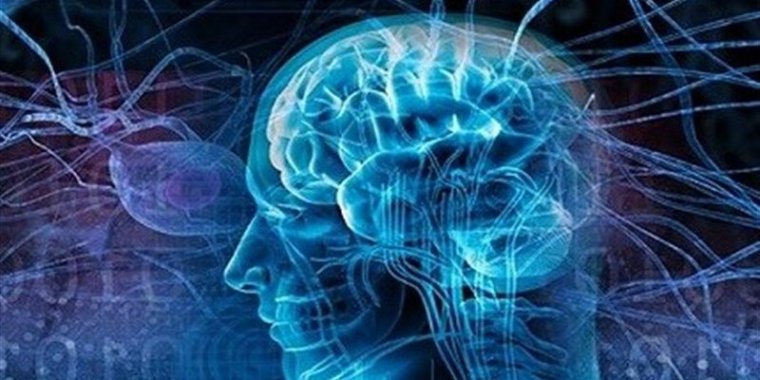| Health / Health News |
Fundamental Rules for How The Brain Controls Movement
Researchers have for the first time confirmed how neurons control muscle movement.

Researchers have confirmed how neurons control muscle movement. ![]()
The human brain is a mysterious supercomputer. Billions of neurons buzz within an intricate network that controls our every thought, feeling, and movement. And we've only just begun to understand how it all works.
To conquer the puzzle of the human mind, researchers at Northeastern's Center for Complex Network Research start with simpler models. The brain of a nematode worm, for example, has about 300 neurons and 2,200 synapses.
Using the nematode as one test system, scientists at CCNR have spent the past several years understanding how a network controls itself -- for instance, which individual neurons in the worm's brain are in charge of a backward wiggle. And in research, they describe for the first time their ability to predict, test, and confirm with unprecedented detail how a nematode's brain controls the way it moves.
Researchers in Barabási's lab studied the nematode brain, which has been mapped neuron by neuron, synapse by synapse. They developed a theory to predict precisely what neurons would control specific types of locomotion -- the worm's ability to squirm and scoot around.
Then, colleagues from the Medical Research Council Laboratory of Molecular Biology in Cambridge, England, tested the predictions by killing individual neurons from the nematode brain with a laser. They then measured the effects of these "microsurgeries" on behavior.
Remarkably, the predictions were confirmed, supporting the theory and providing new insight into how individual neurons control body movements.
This is an important first step. One day, researchers may be able to translate a version of the nematode control model to the human brain. This would be life-changing for patients with cerebral palsy, Lou Gehrig's disease, and other ailments that lead to loss of muscle function. (Tasnim News Agency)
YOU MAY ALSO LIKE





